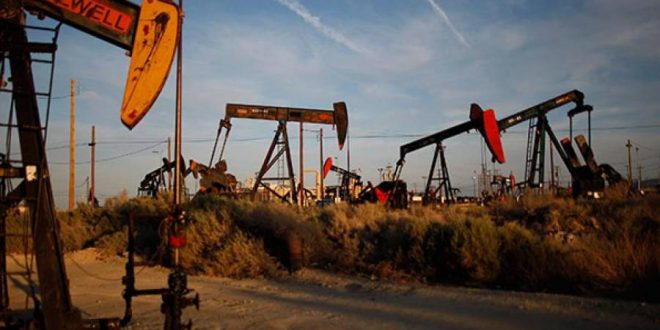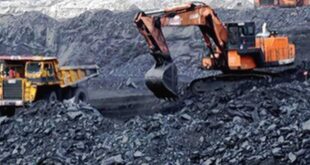Oil prices continue to rally. but not all is well in the US shale patch as drillers are facing both operational issues and have laid off hundreds of people.
US shale drillers have run into a series of problems that have resulted in increased scrutiny on their operations. The difficulties span their operations – production issues. poor financials and less love from Wall Street.
Even as WTI has moved solidly above $60 per barrel. the US shale industry is trying to find ways to right the ship. As Reuters reports. a series of drillers. even prominent ones. are laying off workers. Pioneer Natural Resources – often held up as one of the better of the bunch – and Laredo Petroleum announced just this week that they will be cutting staff. As Jennifer Hiller of Reuters points out. Pioneer has not laid off workers since 1998. In March. Devon Energy eliminated 200 jobs.
According to a report from Tudor. Pickering. Holt &. Co.. the recent layoffs may not be the end of the story. Everyone should expect more job cuts “over the coming quarters as companies address right-sizing the corporate cost structures.“ the firm said in its report.
Still. production is expected to climb this year. albeit at a slower and slower rate. The falling rig count may have bottomed out with a big increase last week. The EIA just revised up slightly its forecast for US oil production growth this year to 1.43 million barrels per day (mb d) to an average of 12.4 mb d (up from 12.3 mb d previously).
“The noticeable decline in drilling activity since the start of the year and the spending cuts announced by shale oil producers will only have an impact next year when growth is set to be only half as high.“ Commerzbank wrote in a note. “A production level of 13 million barrels per day should still be achieved in the second quarter of 2019.“
Digging deeper. Rystad Energy looks at how spending restraint may affect business operations. The consultancy sees US E&.P spending declining by 6 percent this year relative to 2018. That could play out in two ways. “Given a shale industry scenario with a slightly restricted capital environment. we at Rystad Energy see two possible outcomes. more wells drilled at a lower capital cost. or fewer wells drilled but with investment toward longer laterals and higher productivity.“ the firm said.
Rystad says that overall spending is a bit misleading because the industry is becoming more efficient as laterals get longer. projects become larger in scale and frac sand is sourced nearby.
“Ultimately. new production per dollar spent is expected to increase this year. resulting in an all-time high of new production additions – in the Permian and beyond.“ Rystad concluded.
However. that relatively rosy view stands in sharp contrast to the one offered by the Wall Street Journal earlier this week. The WSJ noted that shale drillers across the country are facing some worrying production problems. By pursuing maximum production on a short-term basis. drillers are finding the wells begin to fizzle out more quickly. Ultimately. companies have to throw more money at the problem. drilling more and more wells to offset declining production.
Moreover. newer wells are exhibiting a relatively larger gas-to-oil ratio. Oil is more lucrative. and tends to be the main focus for drillers in the Permian and the Bakken. among other places. But wells drilled today are showing more gas than they used to. which can be a sign of declining reservoir pressure. In other words. these major shale plays could be showing signs of fatigue after years of feverish drilling. Rebecca Elliot writes in the WSJ.
She points to EOG Resources. which produced an average of 227.000 barrels of oil from an average well in its first year in 2013. But. in the same area in 2018. EOG only produced an average of 134.000 bpd from a given well. Over the same time period. natural gas output from those wells jumped from 1.122 cubic feet of gas per barrel of oil to 2.027 cubic feet of gas for every barrel of oil.
In other words. over the past half-decade. shale drillers are producing more gas and less oil on a relative basis. even as the pace of drilling and the overall output climbs. That means the wells are less lucrative. and it also means that more wells need to be drilled in order to keep growing oil production. “They will have to invest more in order to grow.“ Julie Francis. an analyst at energy consultancy Wood Mackenzie. told the WSJ.
 Iran Energy News Oil, Gas, Petrochemical and Energy Field Specialized Channel
Iran Energy News Oil, Gas, Petrochemical and Energy Field Specialized Channel




